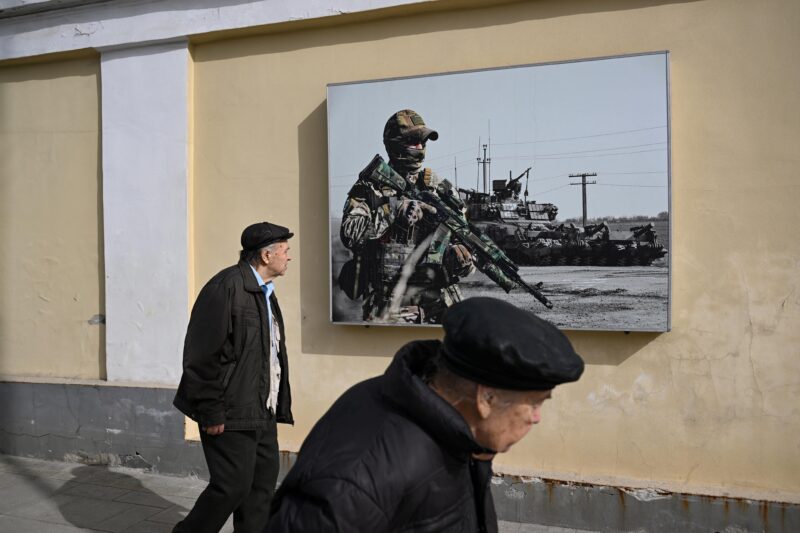From the most high-tech infectious disease units in Berlin to ad-hoc vaccination clinics in rural Sierra Leone, there’s a huge disparity in the quality of healthcare around the world.
According to the World Health Organization (WHO), over 400 million people worldwide don’t have access to basic medical services like immunization, prenatal care, and antibiotics. For those who do have access, healthcare can still be prohibitively expensive.
The WHO estimates that 6% of people in lower-income countries are pushed into extreme poverty – defined as living on less than $1.25 USD per day – by spending on healthcare-related costs.
While not all developed countries provide healthcare as a birthright for all citizens, some countries, through a mix of private and public hospitals, offer much more effective care than others.
The US has some of the most highly-trained medical staff in the world, but healthcare can be prohibitively expensive for much of the population.
Countries like Thailand and Malaysia, on the other hand, attract medical tourists from around the world who may pay less for elective procedures than they would in their home country, in hospitals that offer luxurious accommodations with expert doctors and nurses.
Check out what hospital rooms look like in countries around the world.
In Sierra Leone, many hospitals are underfunded and ill-equipped to handle large crises like the Ebola epidemic in 2014.
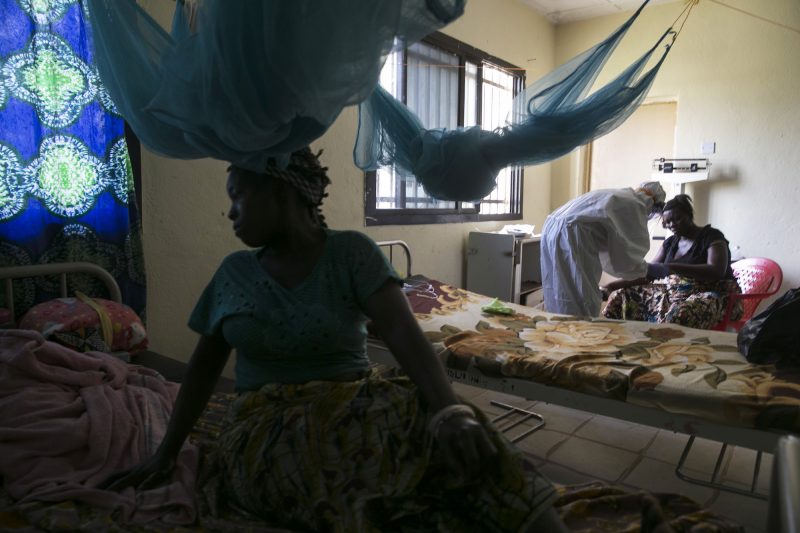
The country needed outside volunteers to help tackle the epidemic, and provide more training to local doctors and nurses.

In Haiti, the story's similar. Underfunded hospitals are forced to care for huge populations of people — especially after natural disasters like hurricanes.

Many Haitians lack access to basic health care services.

After major hurricanes, surviving buildings are turned into makeshift emergency wards, like this cholera clinic.

India is a microcosm of the global healthcare disparity. Some hospitals, serving mostly poor, rural populations, suffer from rampant mismanagement to the point where patients have died because of faulty equipment and avoidable infection.
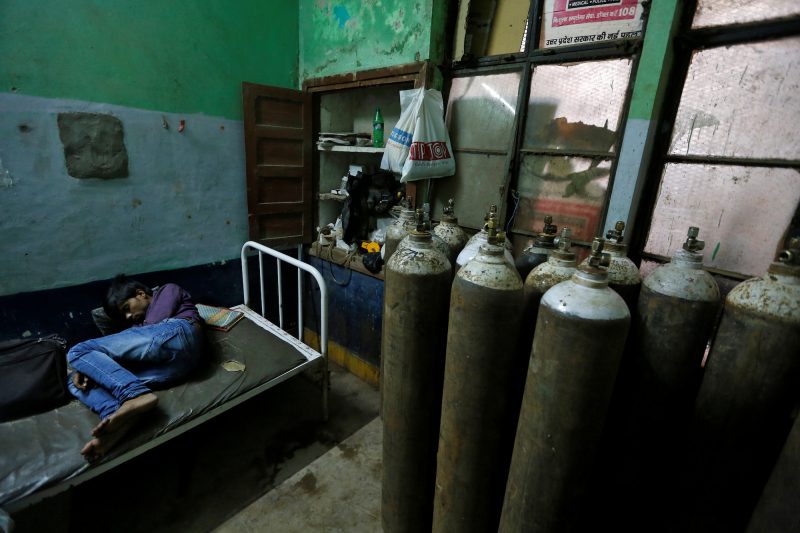
Source: Reuters
Supplies of medical oxygen were cut to children in the intensive care unit of Baba Raghav Das in Uttar Pradesh, in the northern part of the country, leading to the deaths of over 60 children.

Officials in India are still investigating, and trading blame over who was at fault.
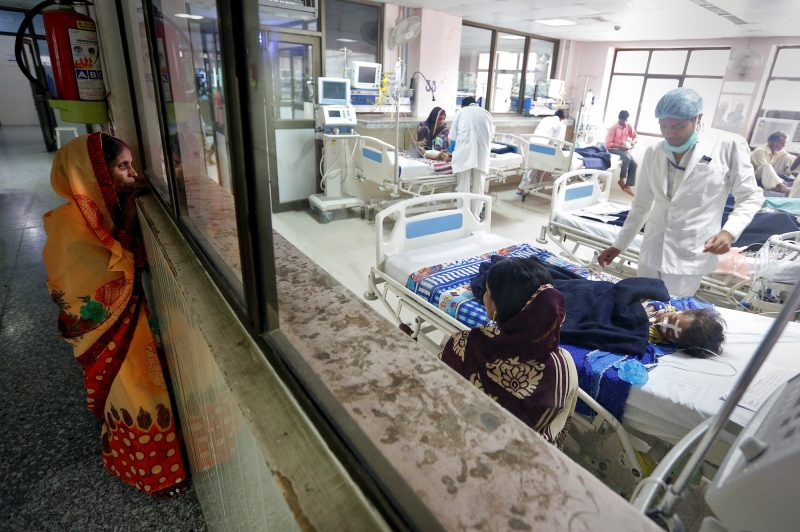
In Kenya, the hospitals are more well-equipped to handle outbreaks of disease, though there are also mismanagement issues.

Earlier this month, a nurse admitted the wrong patient for brain surgery, causing doctors to protest Kenyatta National Hospital's leadership.

Source: CBS News
China, with a population of well over a billion people, suffers from overcrowding in some healthcare facilities.

In Hefei, an industrial Chinese city, multiple families pack into one room.
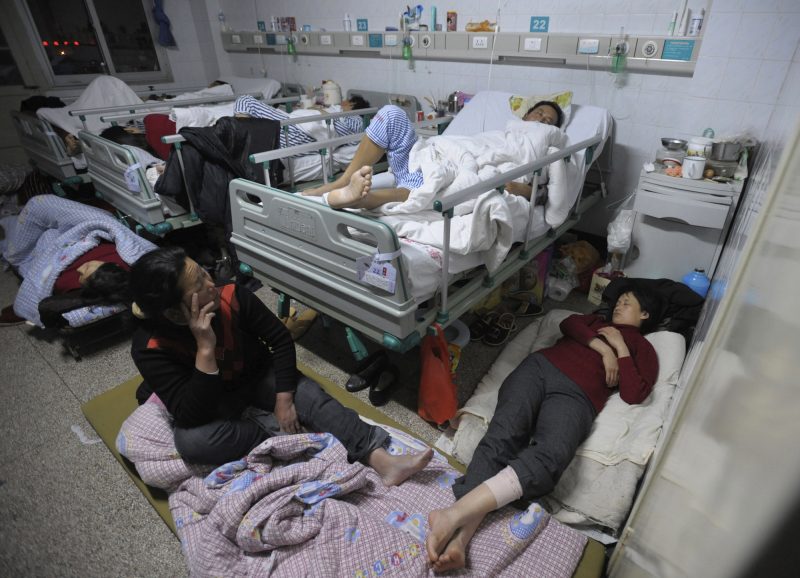
Rural residents flood China's cities for medical care, forcing hospitals to rent apartment buildings and hotel rooms for patients.

A patient's family will often stay with them in the rented rooms to assist with cooking and cleaning.

For rural residents, the hospitals in cities like Beijing and Shanghai are much better equipped to handle serious conditions.
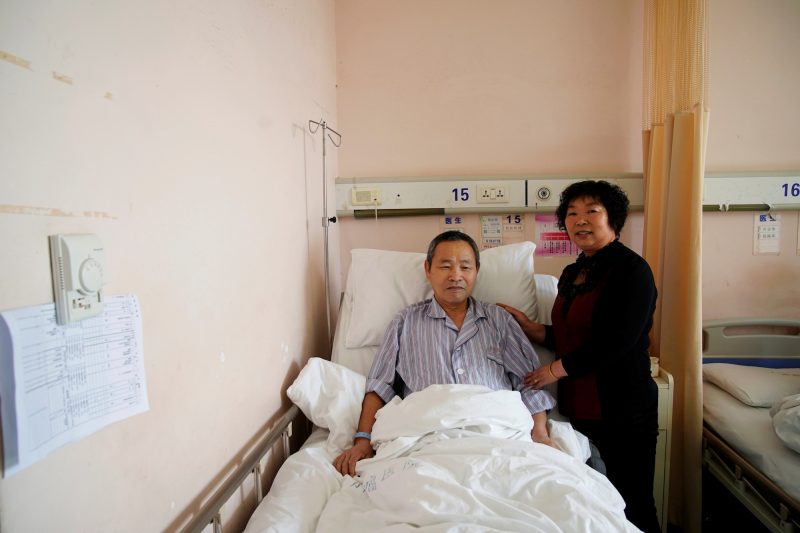
The US has some of the most high-tech hospitals in the world. Here, a room is pictured at the newly-constructed Kaiser Permanente San Diego Medical Center in 2017.
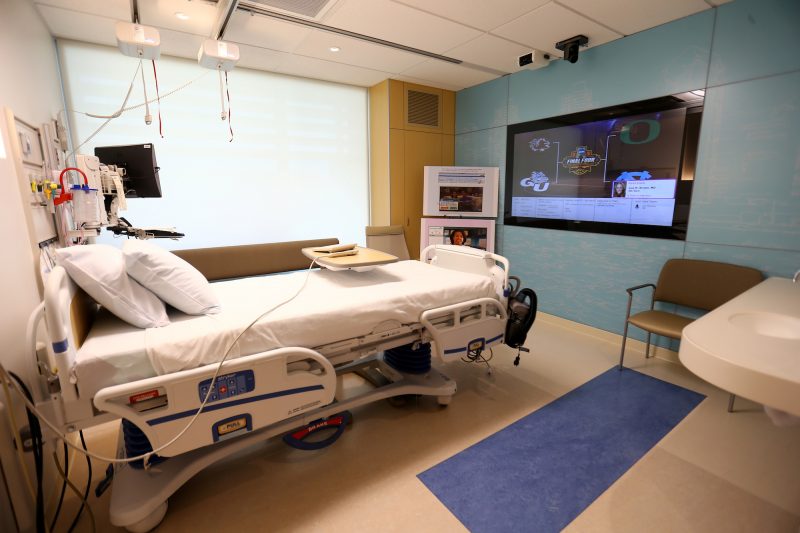
The Kaiser Permanente San Diego Medical Center has some of the most advanced medical technology and highly-trained staff of any hospital in the world.
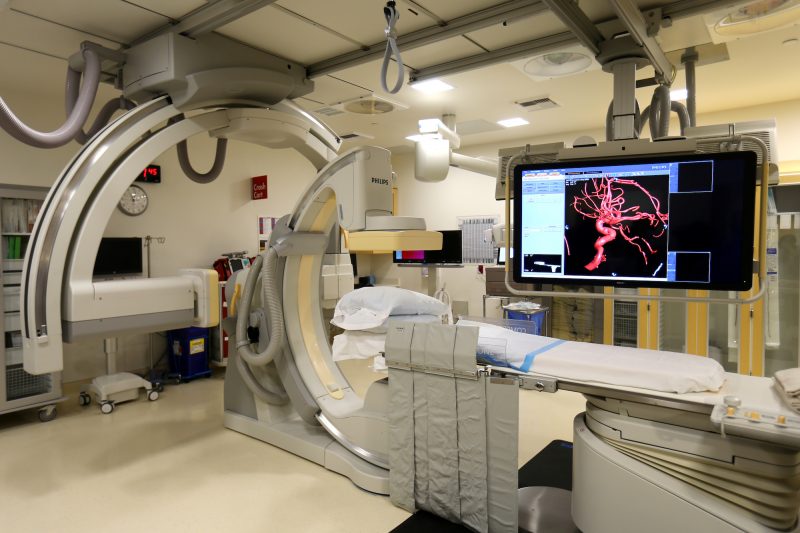
Countries like Germany are also much better equipped to handle disease outbreaks than places like Sierra Leone. In Berlin, specialists demonstrate the facilities in the quarantine section of an infectious disease unit.

Countries like Malaysia and Thailand attract medical tourists from around the world. They have state-of-the-art hospitals with many doctors trained in Europe, Australia, and North America.
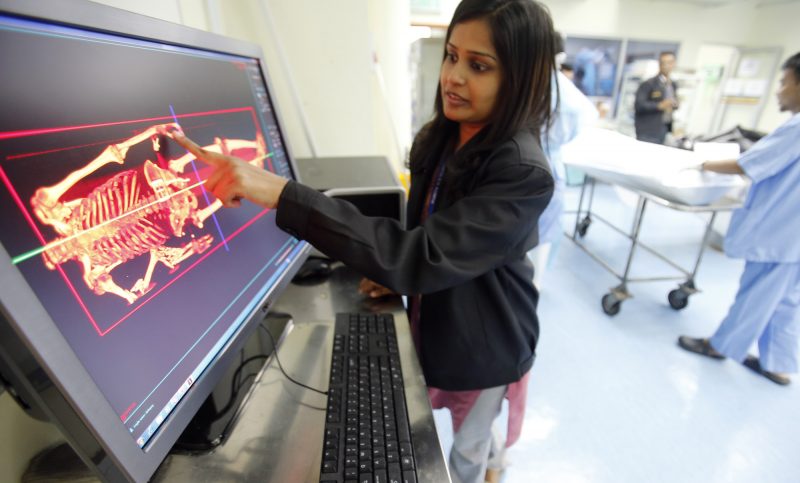
Thailand's medical system is regarded as one of the highest quality in the world.

This baby, though it doesn't appear happy about it, is receiving high-quality care in Bangkok.












